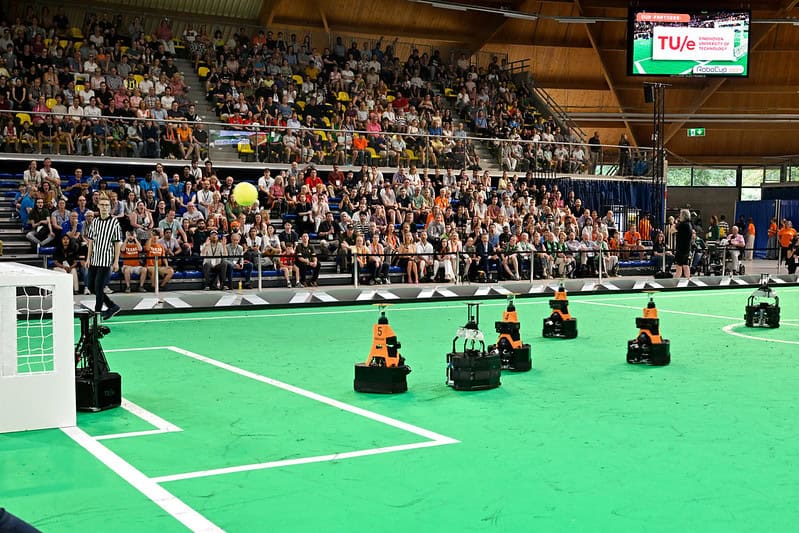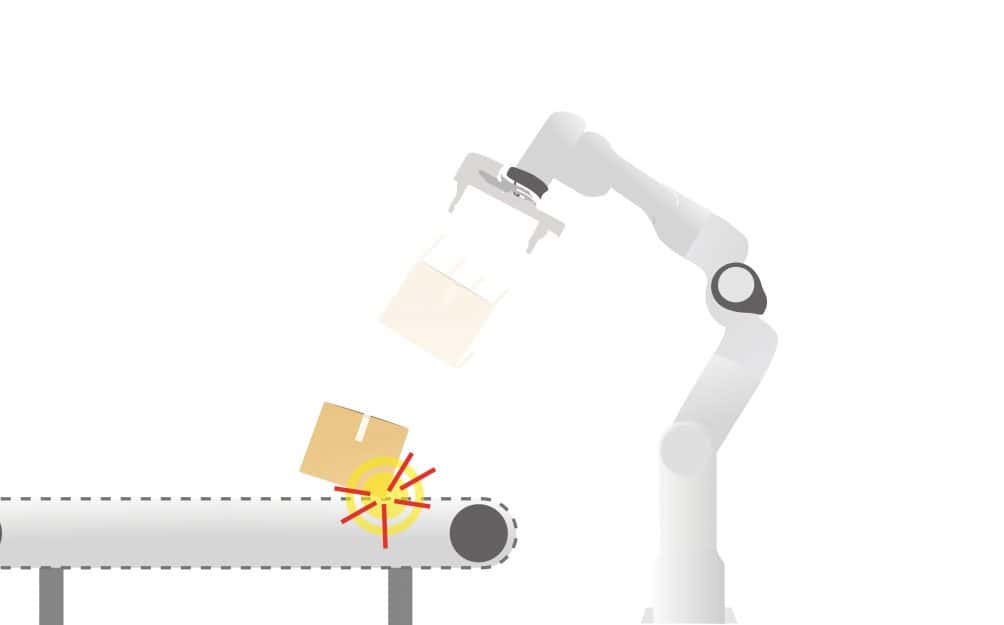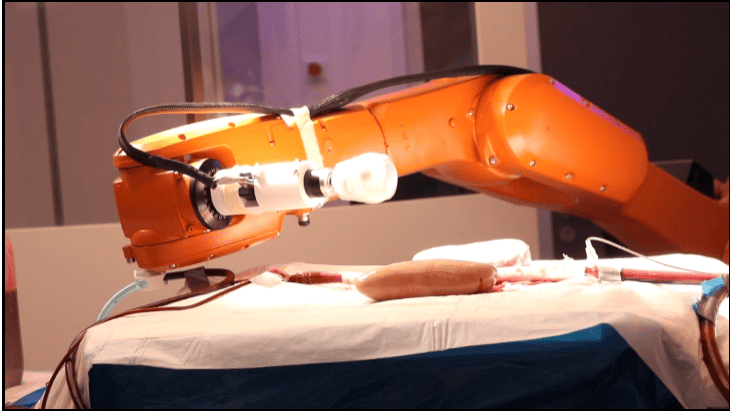
Oxford University researchers have created a mini-robot that jumps 40 times its own height. They did this by taking inspiration from jumping insects. This innovation is a step forward in the development of mini-robots with a wide range of applications. This is reported by the University of Oxford in a press release.
Click beetle
Insects are small but can jump phenomenally. In doing so, they reach high speeds and jump several times their own body length. To build the robot, the researchers looked primarily at the click beetle. These beetles can discharge elastic energy stored in their necks in a single bound. They then use this to quickly jump away from a predator.
The energy to do this is behind a kind of locking device, so to speak. Because there is so much elastic energy stored, the entire body of the beetle bends slightly. When the jump is to be made, the locking device comes off and the beetle shoots straight up, making a large jump possible.
Stainless steel beam
The researchers mimicked these features. They built a mini-robot that can store a large amount of energy and use it at once to make a powerful jump. The robot weighs less than 14 grams, is made with a deformable skeleton and thus mimics the bending of the tor.
The skeleton includes a bendable beam made of stainless steel. This beam flexes under the tightening of an artificial muscle made of coiled nylon fibers. This stores elastic energy. This energy is released when the beam strikes a rigid rail. This causes the robot to jump up in its entirety.
Best of both worlds
Professor Dominic Vella of Oxford University’s Mathematical Institute says this robot brings together the best elements of design from nature and human innovation. “Insects can move very fast but because their body materials are not very strong, they cannot store large amounts of energy. Because this robot can store energy in a steel beam, they can jump even much higher than the click beetle itself.”
Vella says the acceleration achieved by the robot is perhaps most impressive. “During the jump, the robot achieves an acceleration of 250G. By comparison, an astronaut experiences about 3G during a rocket launch and people faint at 9G,” Pella said.

Potential applications
Potential applications of the robot abound. Because they can enter small spaces, they would be suitable for helping in precise farming. But maintenance of hard-to-reach large machinery such as wind turbines or aircraft engines is also potentially possible.
Professor Mingchao Liu, also of Oxford University’s computational institute, says help during natural or environmental disasters is also a possibility. “Jumping can then be a way to reach otherwise impassable places, where walking or flying is simply impossible,” Liu says.
© Shutterstock
Selected for you!
Innovation Origins is the European platform for innovation news. In addition to the many reports from our own editors in 15 European countries, we select the most important press releases from reliable sources. This way you can stay up to date on what is happening in the world of innovation. Are you or do you know an organization that should not be missing from our list of selected sources? Then report to our editorial team.







